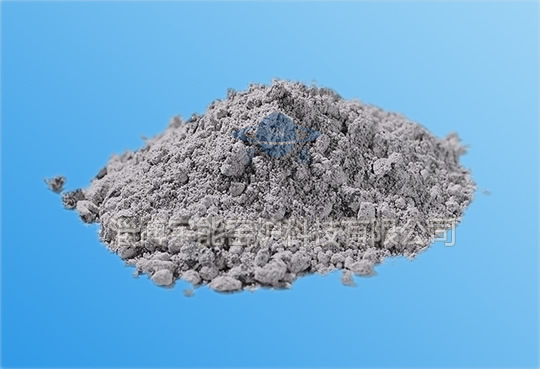Zibo Yunneng Kiln Technology Co. Ltd. Zibo Yunneng Kiln Technology Co. Ltd.
Free delivery samples
high quality assurance
Engineer's door-to-door guidance
lifelong technical support
Contact us+86159669653330086-533-5331887
Zibo Yunneng Kiln Technology Co. Ltd. Zibo Yunneng Kiln Technology Co. Ltd.
Free delivery samples
high quality assurance
Engineer's door-to-door guidance
lifelong technical support
Contact us+86159669653330086-533-5331887
Home -> News -> News -> Industry News ->

In the process of design and construction of external wall insulation, if some inappropriate methods are used, it will cause problems in construction quality. How can a finished board supplier make the building insulation meet the insulation requirements and meet the construction quality requirements?
First of all, because the external insulation makes the building structure in the protection of the insulation layer, the temperature environment of the building structure is stable, which is conducive to the protection of the building structure and enhance the durability. In addition, the external insulation will wrap the building outside, and the area of heat preservation is large, which is more conducive to heat preservation and energy saving. Regarding the problem of wall cracking in external insulation, we can improve the quality of the external insulation materials and construction methods to achieve the required construction quality.
The specific method is as follows: the external thermal insulation of the building should be the entire external thermal insulation of the entire building. Due to the incomplete external thermal insulation, the building canopy and other components are cracked. Therefore, in order to avoid the occurrence of cracks, the building should be fully insulated, including the awning. And other components. The main reason for the external thermal insulation cracking of the external wall is that the expansion coefficient of the thermal insulation material and the external decoration material are different. The principle of our prevention of cracks is: by reducing the linear expansion coefficient of the external thermal insulation material of the building structure and the outer decoration leveling mortar, external veneer and other materials. The ratio is layer-by-layer gradual between the materials, and the stress is released flexibly to prevent cracks. Selection of thermal insulation materials In the construction of construction, the use of thermal insulation materials is mainly composed of compacted benzene board, polystyrene board and polystyrene granule insulation material.
The compacted benzene board has the advantages of high density, small thermal conductivity, etc. Its thermal conductivity is 0.029 W/mK, and the thermal conductivity of the crack resistant mortar is 0.93 W/mK. The thermal conductivity of the two materials differs by 32 times, and the poly The thermal conductivity of the benzene board is 0.042 W/mK, which is 22 times different from that of the crack resistant mortar. Therefore, the cracking ability of the compacted benzene board is weaker than that of the polystyrene board. The thermal insulation material with polystyrene particles as the main raw material is made of rubber powder and rubber powder polystyrene particles. As the bonding material of polystyrene particles, the rubber powder material generally uses slaked lime powder-fly ash-silicon powder-cement as the main component. The inorganic gelling system, the thermal conductivity of such materials is generally 0.06 W / mK, compared with the crack resistant mortar is 16 times. Compared with the compacted benzene board and the polystyrene board, the material has a much lower thermal conductivity, thereby alleviating the accumulation of heat in the crack resistant layer, and the heat load and stress generated by the sudden change of temperature of the system are released quickly. Improve the durability of crack resistance.
Relevant Product Display
 Ceramic fibre cotton
Ceramic fibre cotton
 High strength refractory D-16
High strength refractory D-16
 High strength resistant silicon carbide castable GC-13H
High strength resistant silicon carbide castable GC-13H
 LT-5C Series of heat-resistant and wear-resistant single layer lining ..
LT-5C Series of heat-resistant and wear-resistant single layer lining ..
Relevant information
Hotline